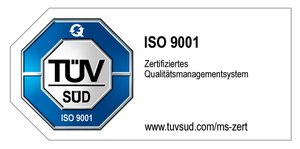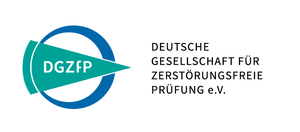Non-destructive testing (NDT)
Non-destructive testing (NDT), also known as non-destructive inspection (NDI) or non-destructive evaluation (NDE), is a method used in various industries to examine materials and components for defects or changes without damaging or destroying the material or component. The purpose of NDT is to ensure that materials and components meet specific requirements and that their functionality and safety are guaranteed.
There are different methods of NDT, each of which is specialized for different materials and components. Some of the most well-known methods are ultrasonic testing, radiographic testing, eddy current testing, magnetic particle testing, and thermography.
Ultrasonic testing is a method where sound waves are sent through the material or component and are reflected at interfaces or defects. Material defects such as cracks or voids can be detected by analyzing the reflected sound.
Radiographic testing uses ionizing radiation to penetrate the material or component. Defects or changes in the material can be identified by analyzing the image produced.
Eddy current testing is based on the use of electromagnetic fields. A test coil is placed near the component to be tested, which generates a magnetic field. By analyzing the returning electromagnetic field, material defects can be identified.
Magnetic particle testing involves the use of magnetizable particles that are applied to the surface of the component to be tested. By applying a magnetic field, material defects become visible.
Thermography is based on the measurement of infrared radiation emitted by a component. By analyzing the temperature distribution, material defects or changes can be identified.
NDT has the advantage of allowing materials and components to be examined without damage or destruction. This allows valuable components and materials to be reused, and costs for manufacturing new parts to be saved. In addition, material defects can be detected early, contributing to the improvement of the quality and safety of products and components.
In summary, non-destructive testing is an important part of quality control in various industries. The different methods of NDT enable a precise examination of materials and components without damaging or destroying the material or component. This allows costs to be saved and the quality and safety of products and components to be improved.
We find the perfect solution for your project.
Contact us if you have questions to our services in the area of 3D metrology. We are looking forward supporting you in your success.



